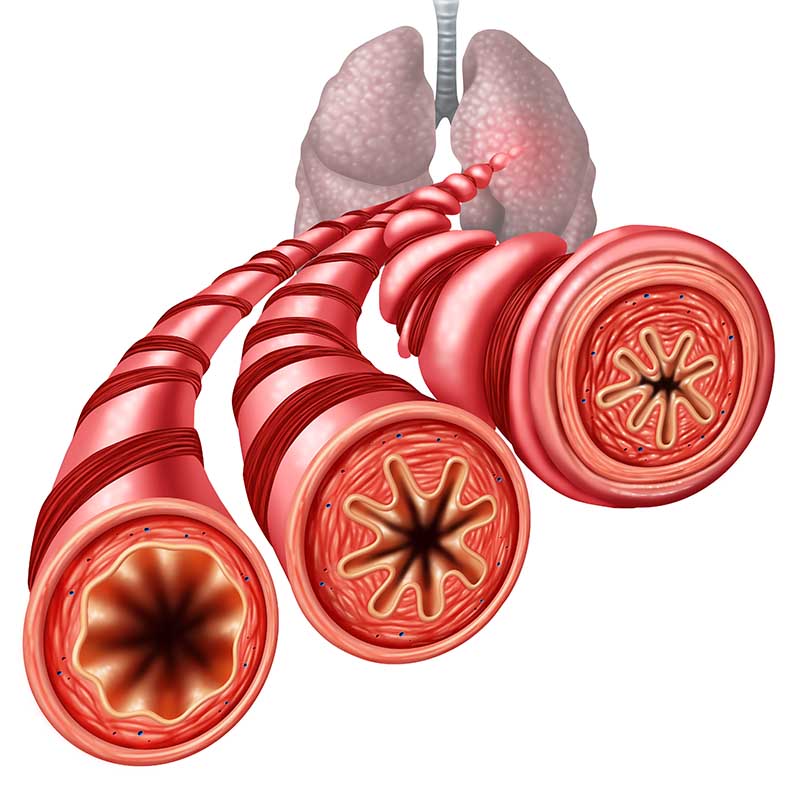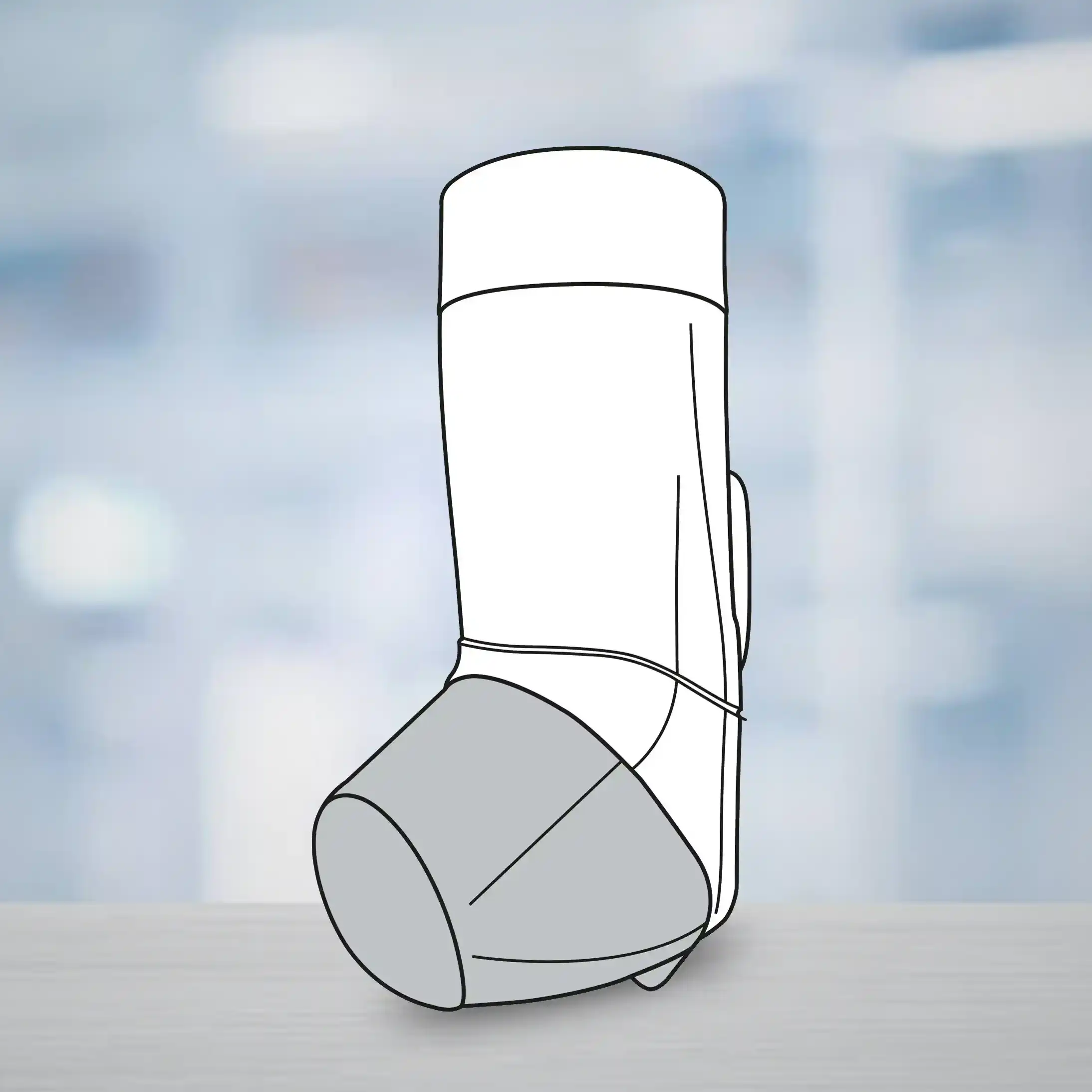Ceftazidime-avibactam Improves Survival vs. Polymyxin B in Carbapenem-Resistant GNB Infection
27 Mar, 24
Introduction
Ceftazidime-avibactam (CAZ-AVI) has positive pharmacological effects and can potentially be an empirical option for the treatment of severe Gram-negative bacterial infections
Aim
To examine the clinical efficacy, safety, and resistance of CAZ-AVI and prognostic risk factors in patients with carbapenem-resistant Gram-negative bacilli (CR-GNB) infections
Patient Profile
- 139 patients with CR-GNB infection treated with CAZ-AVI or Polymyxin B for ≥72 h during hospitalization
Method
Study Design
- Retrospective analysis
Endpoints
- Primary outcome: 30-day morbidity and mortality rate
- Secondary outcomes: 30-day clinical cure rate, 14-day bacterial clearance rate, and the emergence of CAZ-AVI drug resistance
Results
Efficacy
- CAZ-AVI treatment was associated with lower 30-day morbidity and mortality rate (27.7% vs. 46.7%, p = 0.027) as compared to that of the Polymyxin B treatment (Figure 1)
- CAZ-AVI treatment achieved significantly higher 30-day clinical cure rate (59.6% vs. 40% p = 0.030) and 14-day microbiological clearance rate (42.6% vs. 24.4%, p = 0.038) versus Polymyxin B treatment
- CAZ-AVI significantly reduced the 30-day mortality rate in the infected shock group, the mechanical ventilation group, the agranulocytosis group, the ICU patient group, the bloodstream infection group, and the SOFA score >6 compared with the Polymyxin B group
- A 14.6% probability of resistance was seen to CAZ-AVI and a 12.5% probability of resistance to Polymyxin B
- The resistance rates of Carbapenem-resistant Klebsiella pneumoniae (CRKP) and Carbapenem-resistant Pseudomonas aeruginosa (CRPA) to CAZ-AVI were 13.5 and 15.4%, respectively
- Multivariate analysis showed that agranulocytosis, septic shock, high Sepsis Related Organ Failure Assessment (SOFA) score, and short CAZ-AVI treatment course were independent risk factors affecting the prognosis of patients with CR-GNB infection treated with CAZ-AVI
- Univariate analysis based on 30-day death showed that ICU patients, infectious shock, agranulocytosis and mechanical ventilation were risk factors for poor prognosis of CR-GNB infection treated with CAZ-AVI; the rate of patient morbidity and mortality was significantly higher with increased SOFA score and a short course of CAZ-AVI application
- Age, ICU patients, infectious shock, mechanical ventilation, SOFA score and duration of CAZ-AVI application were risk factors for bacterial clearance at 14 days in patients with CR-GNB infection[pm1]
- Prolonging the treatment course of CAZ-AVI was the only protective factor for bacterial clearance
Figure 1: Comparison of the effect of CAZ-AVI and Polymyxin B treatments on 30-day morbidity and mortality rate
Safety
- The incidence of systemic skin pigmentation was significantly higher in the Polymyxin B group than in the CAZ-AVI group (26.7% vs. 0%, p <0.05), while the incidence of diarrhea (3.2% vs. 0%, p <0.05) was high in CAZ-AVI group than in the Polymyxin B group
- The incidence of acute kidney injury was not significantly different between the two groups (4/45, 8.9% vs. 4/94, 4.3%)
Conclusion
- CAZ-AVI showed high clinical efficacy in improving patient survival and providing a better option for treating CR-GNB infections
- CAZ-AVI significantly improved the outcome of mechanical ventilation in patients with septic shock, agranulocytosis, Intensive Care Unit (ICU) patients, bloodstream infections, and patients with SOFA score >6, and had a lower incidence of adverse events as compared with Polymyxin B
- CAZ-AVI resistance was observed which suggested monitoring of drug susceptibility in clinical practice and the rational selection of antibiotic regimens to delay the onset of resistance
Front Microbiol. 2023; 14: 1198926

.svg?iar=0&updated=20230109065058&hash=B8F025B8AA9A24E727DBB30EAED272C8)








